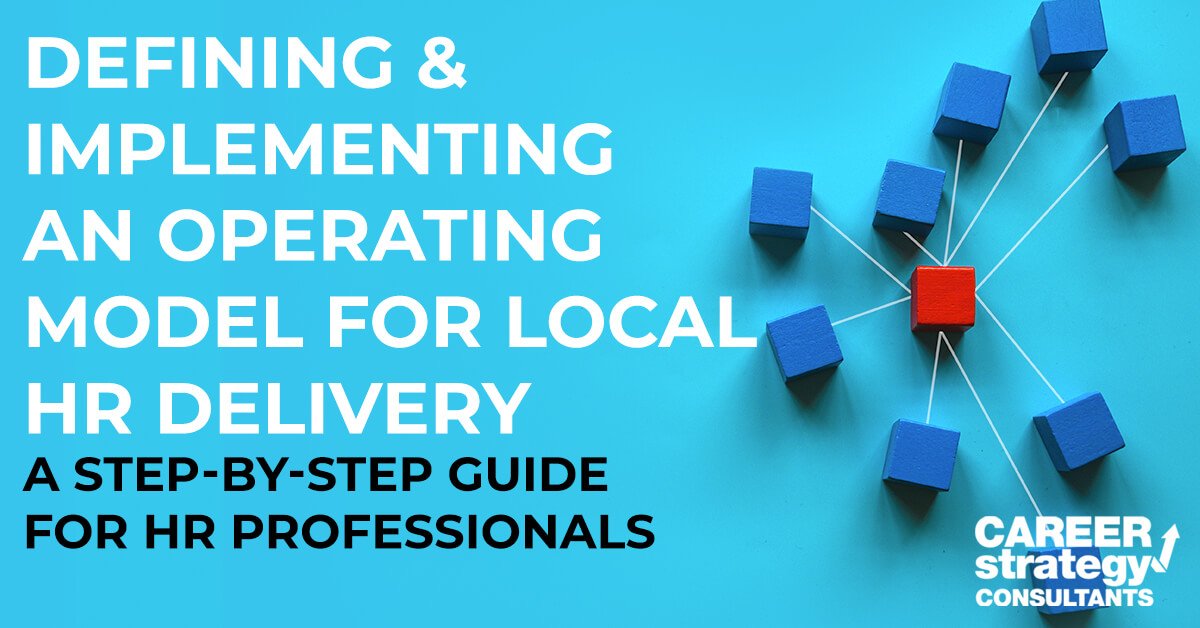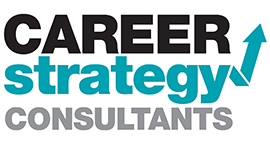Defining and Implementing an Operating Model for Local HR Delivery: A Step-by-Step Guide for HR Professionals


An effective HR operating model is crucial for aligning HR activities with the overall business strategy and ensuring that HR processes are delivered consistently across an organization. By defining and implementing a robust operating model for local HR delivery, HR professionals can streamline their services, improve efficiency, and better support the needs of the business. In this blog post, we will discuss the key steps to define and implement an operating model for local HR delivery, ensuring that HR activities are responsive, efficient, and aligned with organizational objectives.
Assess the current state
Before embarking on the journey to define and implement a new operating model, HR professionals must first assess the current state of their HR function. This process involves analyzing existing processes, systems, and resources to identify strengths, weaknesses, and areas for improvement. Key aspects to consider include:
- HR processes and policies
- Service delivery and responsiveness
- Technology and tools
- HR structure and roles
- Compliance and risk management
Define the desired future state
Once the current state assessment is complete, HR professionals should work with stakeholders to define the desired future state of the local HR delivery model. This involves setting clear goals and objectives for the operating model and outlining the key components required to achieve them. Considerations for the future state may include:
- Enhanced service delivery and customer satisfaction
- Streamlined and standardized HR processes
- Improved integration of technology and digital tools
- Greater agility and adaptability
- Stronger alignment with the overall business strategy
Develop the operating model components
With the desired future state in mind, HR professionals can now begin to develop the components of the operating model. These components should be designed to address the specific needs and objectives identified during the assessment and future state definition phases. Key components to consider include:
- Service delivery model: Determine the most appropriate service delivery model for your organization, such as a centralized, decentralized, or a hybrid approach.
- HR processes: Streamline and standardize HR processes to improve efficiency and consistency across the organization.
- Technology and tools: Identify and implement technology solutions and digital tools that can support HR processes, improve collaboration, and enhance decision-making capabilities.
- Organizational structure: Design an organizational structure that promotes clear roles, responsibilities, and accountabilities, ensuring that HR resources are effectively deployed to support the business.
- Governance and risk management: Establish a robust governance framework and risk management processes to ensure compliance with relevant laws, regulations, and policies.
Implement the new operating model
Once the operating model components have been developed, HR professionals should create a detailed implementation plan that outlines the steps required to transition from the current state to the desired future state. Key considerations for the implementation phase include:
- Communication and change management: Develop a comprehensive communication and change management plan to ensure that employees and stakeholders are informed, engaged, and supportive of the new operating model.
- Training and development: Provide training and development opportunities to HR professionals and other employees to ensure they have the necessary skills and knowledge to navigate the new operating model effectively.
- Monitoring and continuous improvement: Establish performance metrics and monitoring processes to track the success of the new operating model and identify areas for continuous improvement.
Conclusion
Defining and implementing an operating model for local HR delivery is a critical step for HR professionals looking to enhance the efficiency, effectiveness, and strategic alignment of their HR function. By assessing the current state, defining the desired future state, developing operating model components, and implementing the new model through effective communication, training, and monitoring, HR professionals can create a robust and agile HR function that better serves the needs of their organization.

More Than Just Staffing
For Employers
For Individuals
